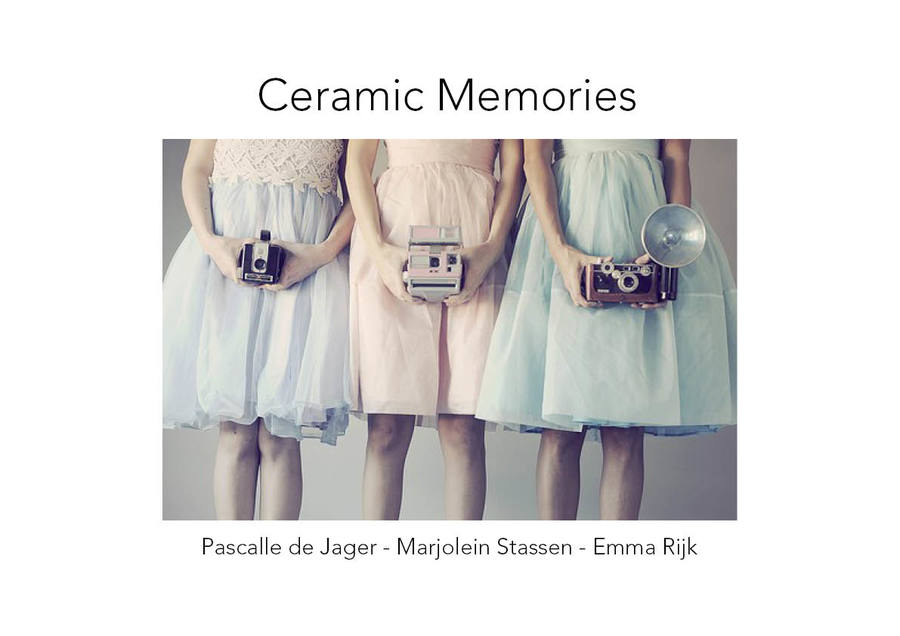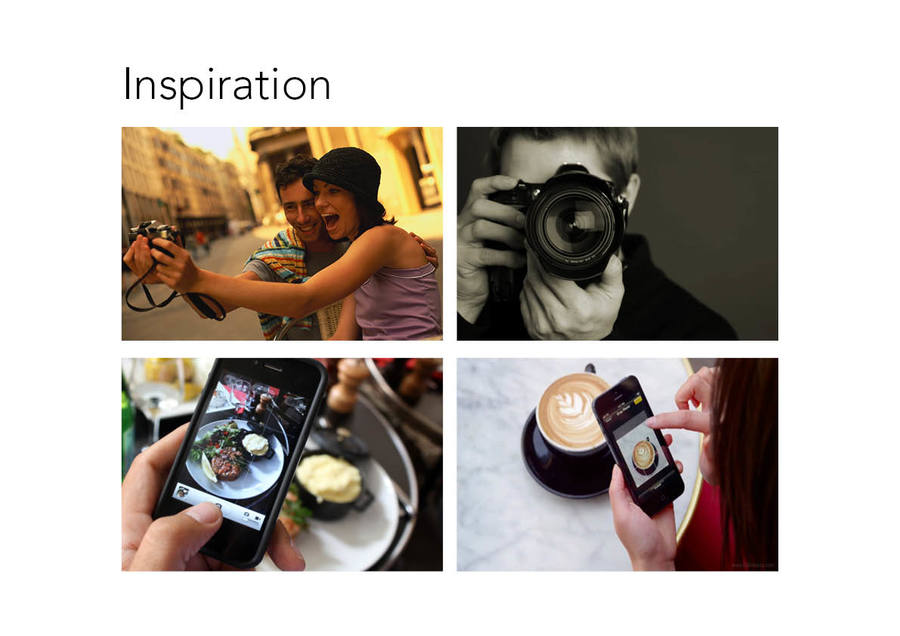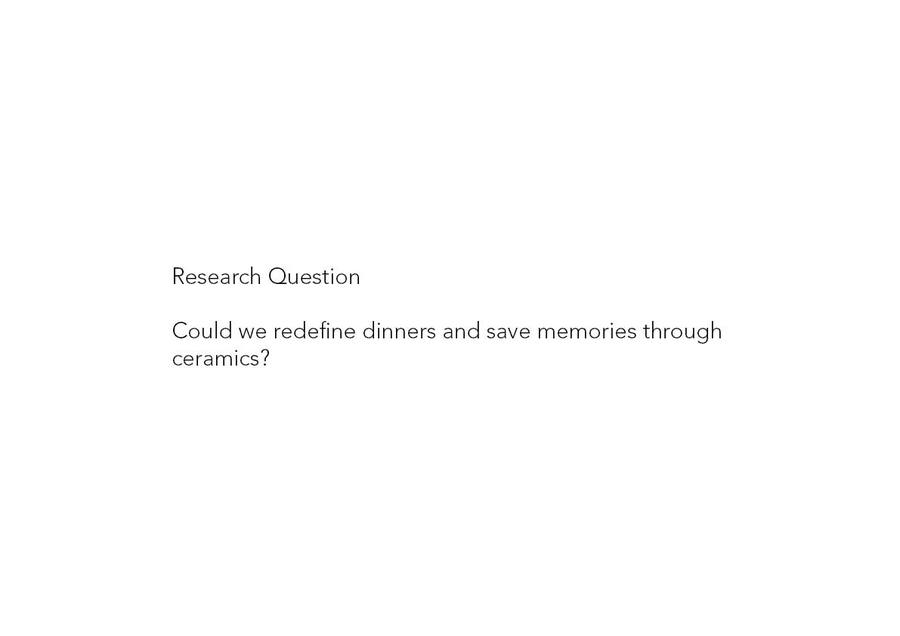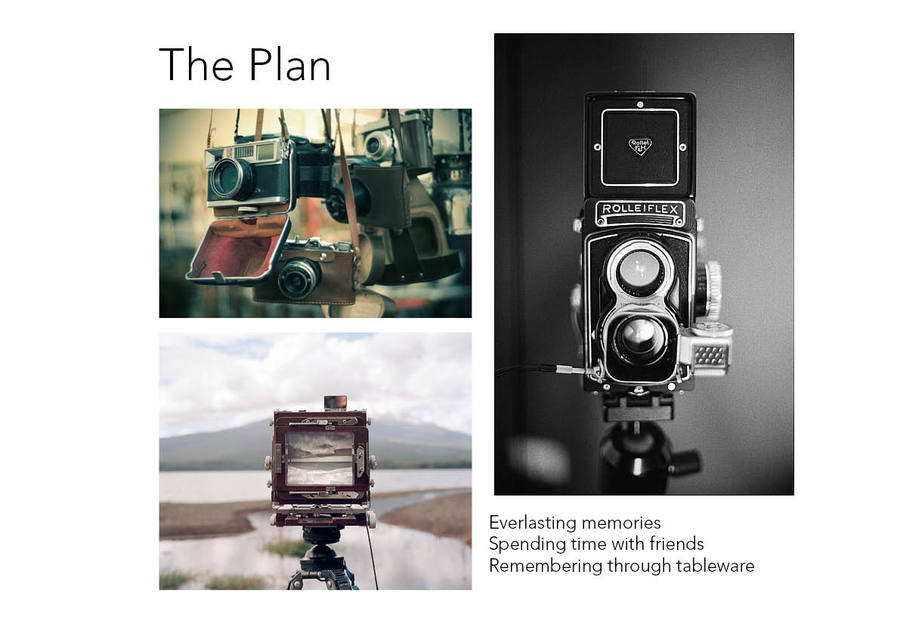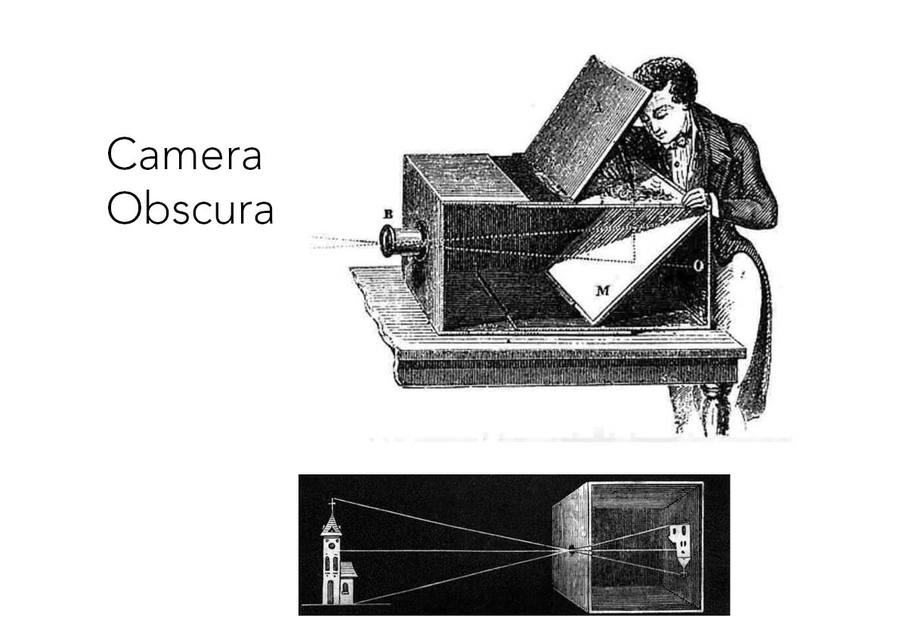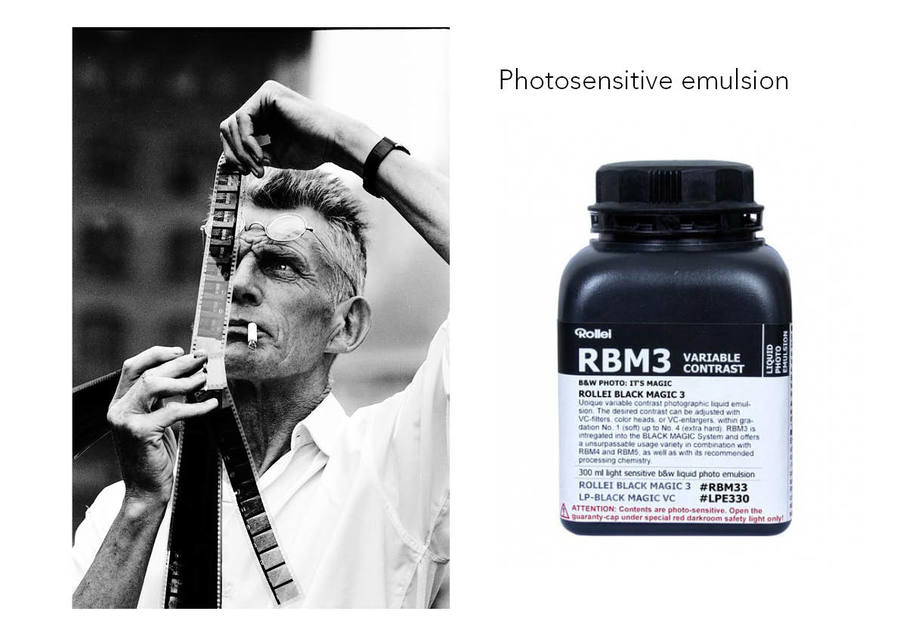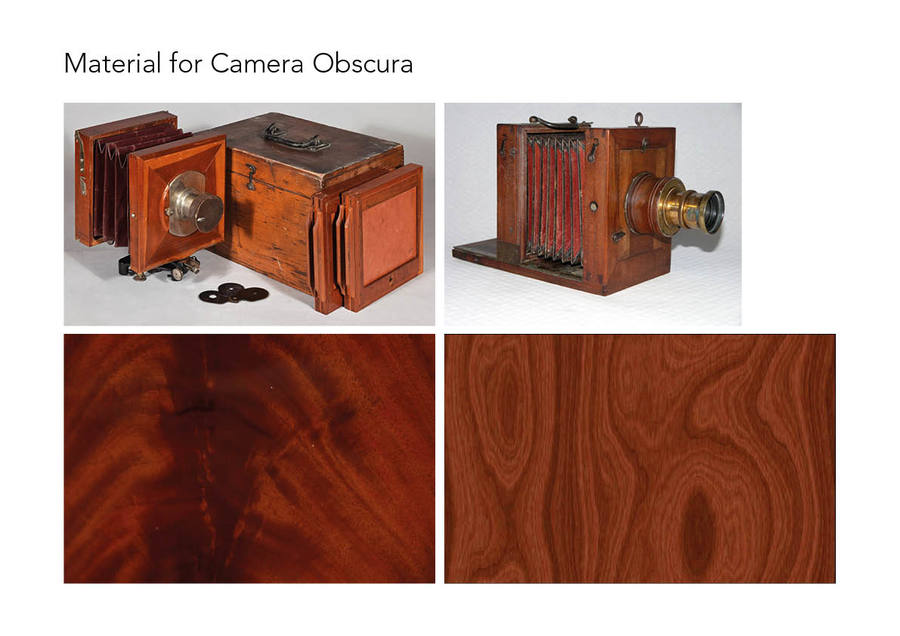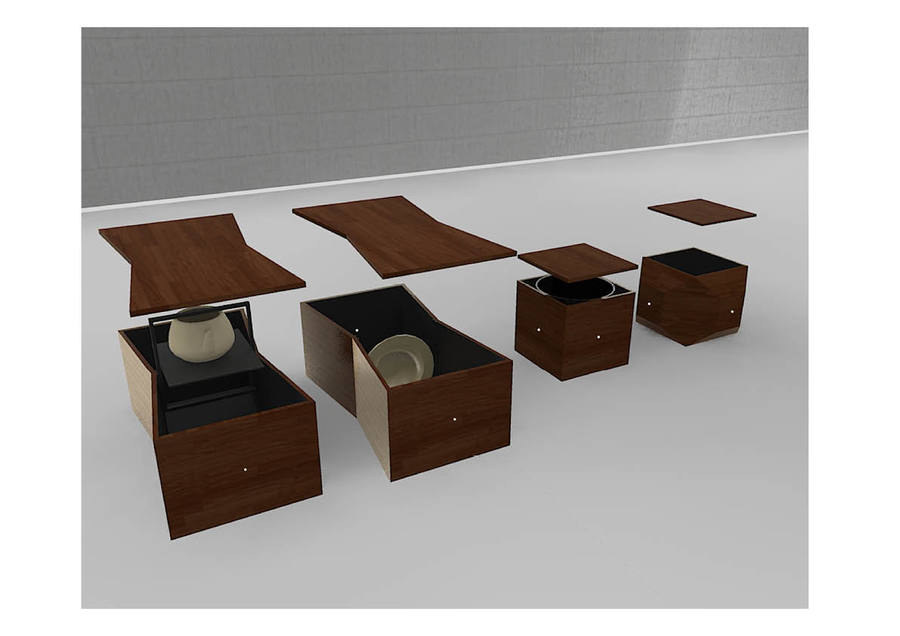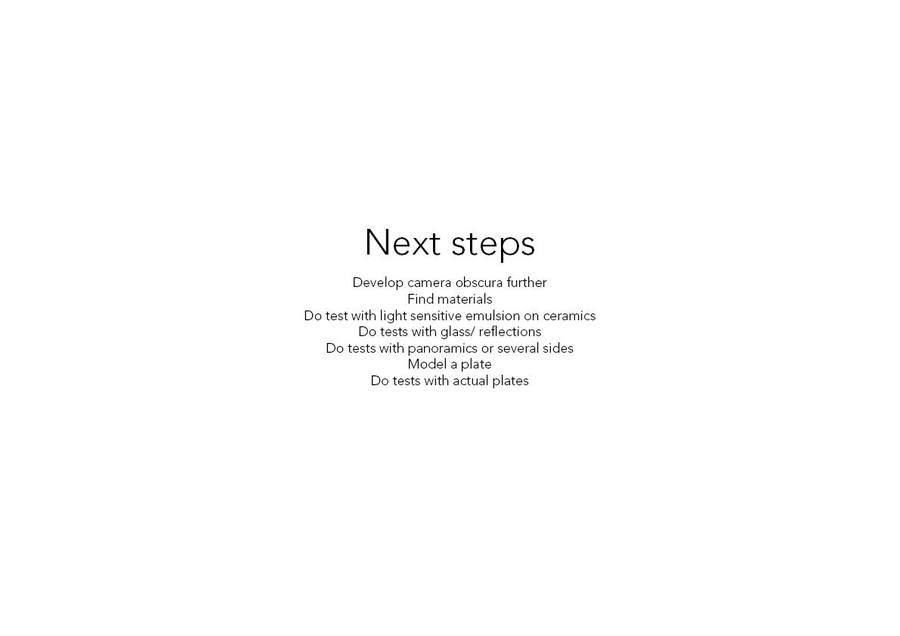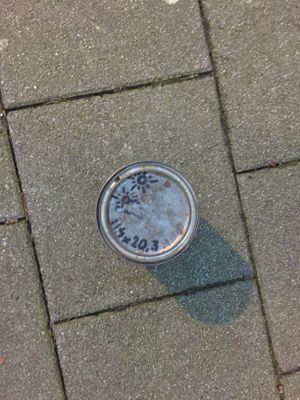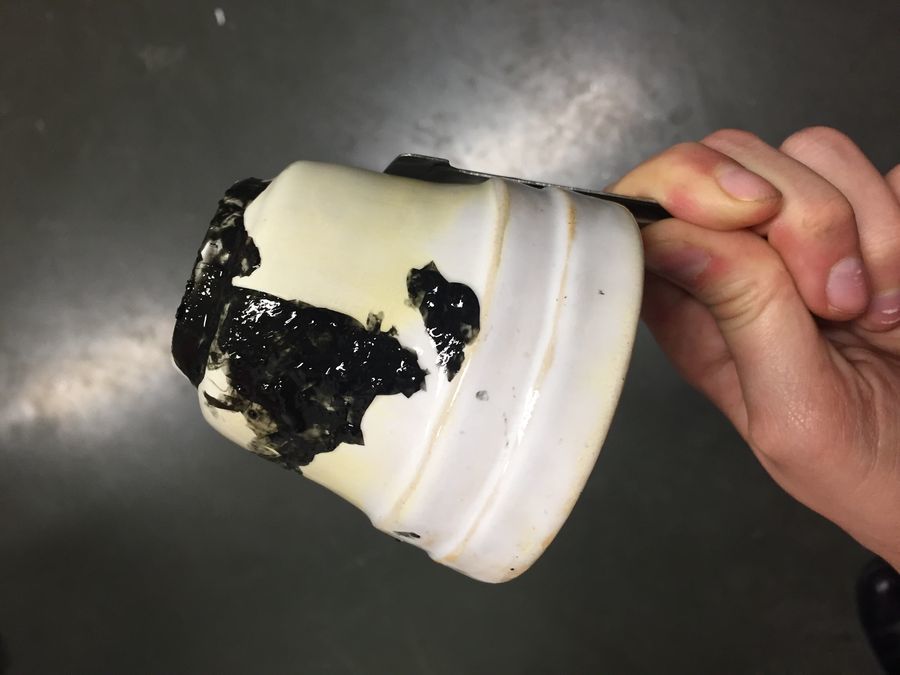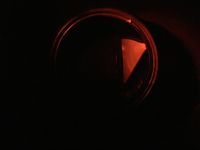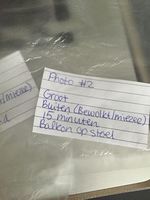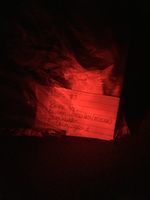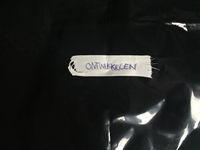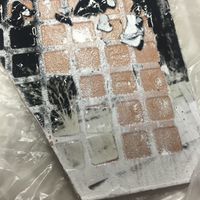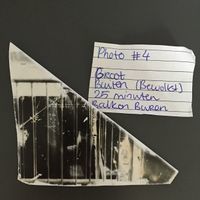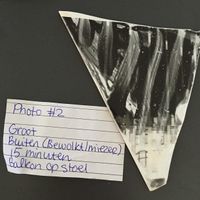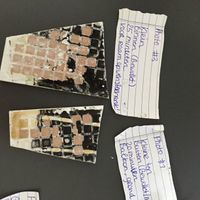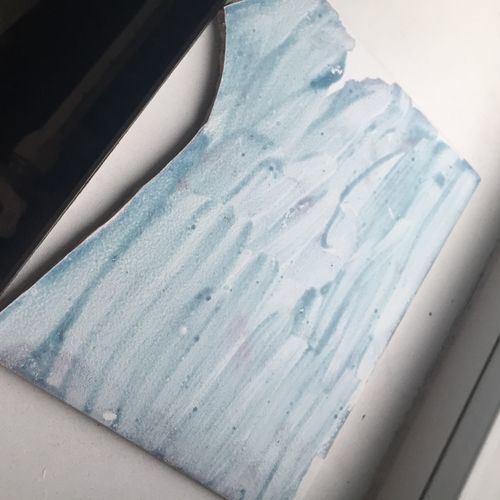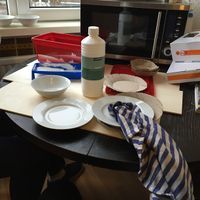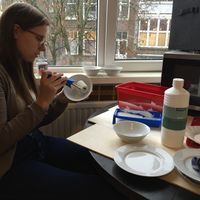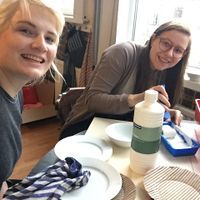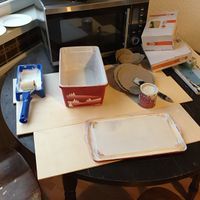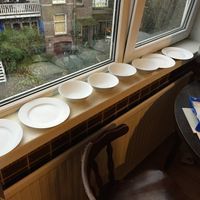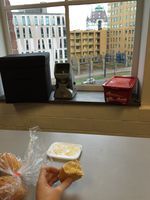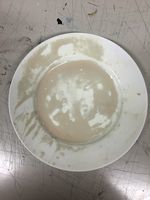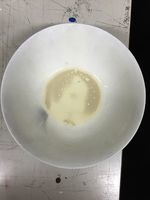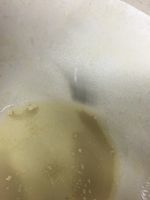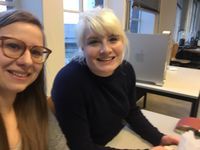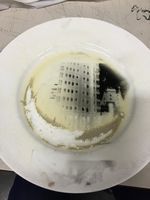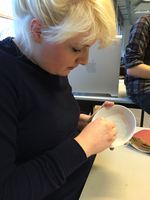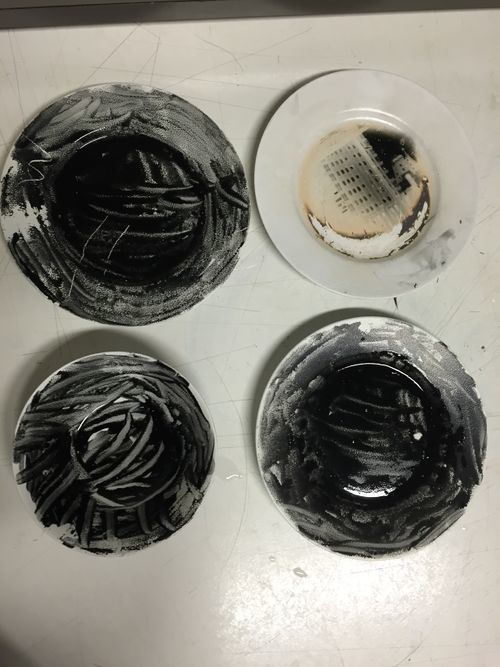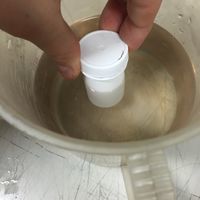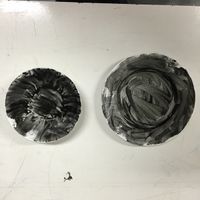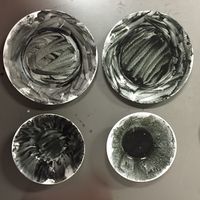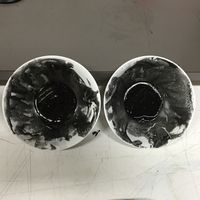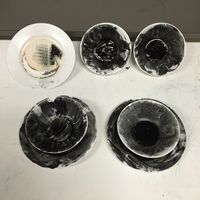User:MarjoleinStassen/MB
Contents
INTRODUCTION
In a modern society how do we capture our memories?
Actually we know this. We have never before had so many options to save, share and re-watch our memories. We have an overload of memory data, and how does our brain sort through this? By ignoring/ forgetting about all the extra non impactful memories. So even though the memory is saved. It doesn’t necessarily mean that it needs to be. Our parents, grandparents and great grandparents didn’t have the same opportunity to save share and re-watch their memories.
So precious memories were stored in precious thing, and passed on to the next generation. And so the memory is preserved and remembered.
This physical tangible memory will become in time with every crack, and chipped edge become more and more valuable. We as a new generation should be more selective but can we? Would our grandparents be if they weren’t limited by technology? Perhaps, we will never know. What we do know are their lasting memories, because of the physical tangible connection. This was what was going through my mind when working on crafting memories. Emma Rijk and Marjolein Stassen were searching for a way to remember dinners. Combining our two subjects we had as objective:
- In the Netherlands we have an fast attitude towards food, It’s sometimes kind of a hassle and an impractical. It needs to be fast and easy, so you don’t “waste your time” cooking and eating. But what if we could redefine the way we have dinner? And save them through ceramics
By creating a new tool to save memories on cutlery, the memory does not only last but also reminds the person daily while eating from their cutlery. The tool we use is an camera obscura, which is a dark space (can be anything) with a hole in the surface to let a little light in. The ceramic object will be placed in the small dark space after a light sensitive formula treatment. The dark space (box) can be placed on the table while having dinner with friends. If the light hole is opened during dinner, the picture will develop while having dinner. The picture of everyone having dinner will be visual on the object placed in the box, making the memory last forever without sacrificing precious time.
FIRST PRESENTATION
Concept
We have an overload of memory data. Pictures are taken so often and frequently, without effort. We can immediately see the result of your picture, and have endless do overs, so you will always have the result you want. Contemporary technology is staged. By capturing memory through camera obscura we force people to be patient. There is an ongoing process of making the memory directly onto ceramics. All the while your dining experience is enriched. You have to move more slowly, as to become a sharp image on the ceramics. If you are on your phone constantly that will be seen on the ceramics. After your dinner you will have created a memory together, not just figuratively but physically as well and to be seen and enjoyed for generations to come.
Relevance
Enjoy the moment, and unknowingly saving them.
Research Question
How to integrate the 'memory box' in daily rituals?
Technical Plan
- Learn to work with MAX7
- Hack Keyboard.
- Write code
- Think of a way to store the sounds.
- Explore wireless connection
Next Step
- Researching Rituals - Communication in a different way
ALL THE TESTING
Once our light sensitive Emulsion arrived in the mail we instantly started to do some testing. Especially before the christmas break our tests were all unsuccessful. To find the golden formula a lot of further testing needed to be done. Several variables were taken in account when starting to photograph.
- Which 'Camera' it was taken with
- Weather conditions to estimate how much light was present while making the photo.
- Exposure time
- What is photographed
Down below will be an overview from the first tests to the last.
Before the Christmas Break
Before the christmas break we started to photograph on small mugs provided by Pascalle. These ones were glazed and this was the first time we worked with the Rollei. Unfortunately we made several mistakes that resulted in a failed experiment. This mostly went wrong because of Marjolein because she didn't know how to develop. There was a small tree seen but late evidence was destroyed because the test object was held into the light too soon. Luckily that wasn't all the mistakes we made. Since the little cup was glazed the emulsion wouldn't stick, resulting it to get washed off the cup by the developer. To make this picture we used old paint containers provided by the photostudio.
8th, 9th & 12th of January
After the christmas holidays, and after Pascalle left for Manchester, we still had no successful testing. It was quite frustrating but we started with a new found motivation. We were pretty keen on getting a picture on ceramics. Later we found some white tiles in the Doka. Seeing that no one was using them we smashed them in smaller pieces so we could do more tests. Pascalle found on in the christmas break that we needed a primer for the emulsion to stay put. With this new found information new tests could be made.
On the 8th of January Emma and Marjolein worked in Marjolein's house on the new batch of tests. In her house there is a small storage room without any windows. This would work perfect for our home made Doka. We used a Red Biking light to guide us through the darkness. There was a whole set up and supplies needed: Primer, Thinner, Paint Brushes, the tiles, Rollei Emulsion, Specialized light blocking bags, old towel and surface to work on. First a primer coating was applied to the tiles, not only to the glazed front but also on the biscuit back. Marjolein wanted to see what would work better, glazing or unglazed side. After priming the tiles the sensitive job started of applying the light sensitive emulsion. This was Emma's job to do this on Friday night. The tiles were left to dry all through the night to be used the next day.
Marjolein dedicated the 9th of January to Digital Craft and making pictures. At the time we were still unsure if the Emulsion we bought had any success with the tiles we were using. To be safe Marjolein made some tests of trying to photograph the houses seen from her window. This would be a still life and hopefully result in a cleaner picture. Doing these tests all information needed to be noted down and kept together in a structured way. With Emma's idea of using sandwich bags Marjolein got to work. In each sandwich bag there would be the photographed tile with a note what the exposure time was, and the weather conditions and what was in the photo.
On the 12th of January Marjolein went to the Doka to develop the photos made on Saturday (4 in total). This time she knew how to develop and followed the baths in the right order. These tests were the first that showed some actual results. This time we could conclude how long we needed for a picture to be developed, how much light was needed and if the emulsion would work on ceramics. It was a huge relief to see that some pictures showed up on our testing shards. With this we could take the boxes inside and see how this would work with movement and indoor light. Another step forward was made! With these tests being on the front or the back of a tile it was also concluded that the glazed front worked the best! The developer was too strong for the primer. With the glazed side the primer would stick much better and had no problems being developed while the back was slowly eroding and most of the picture was lost. The other two were very successful and was quite a victory for us as a team.
13th, 14th, 15th of January
On Wednesday the 13th of January Marjolein worked with new shards to make a photo indoors while eating dinner with roommate. We figured that if outside needed 25 minutes max of exposure indoors you would only need 1 hour at least. This was not the case. All the test, including the picture below, all came out as white which means there was no light caught onto the tile while being exposed for an hour. We realized that we needed the light outside to make any photographs, or at least stronger light than a common house lamp. This was quite a step back since dinner often happens inside, and currently it is long dark when dinner starts. Marjolein was wondering if the emulsion might not have been applied right but after holding an unused shard of ceramic with emulsion by the window it changed in color instantly, proven on the pictures below.
After the testing worked we needed to gear up to make some pictures on actual plates. We went to blokker for plates and bowls and some special boxes to make our own Camera with. On the 14th of January it was all about prepping for the next day. We started priming the newly bought cutlery and painting the inside of a box with black paint for our camera obscura. This time we worked with a roller instead of a paintbrush to apply the paint more evenly. Later that night our expert emulsion applier Emma went back to our dark room to apply the plates with emulsion to be used the next day for photographing.
After all the preparations we held a dinner for us two (Emma&Marjolein) at school on the 15th of January. We had the food. We had our new cameras. We were good to go. Only we made one vital mistake. Light can't travel around a corner and we placed the boxes on the window sill, meaning that our camera's only had the indoor light exposed to them. Once again the plate and bowl turned out negative. It was very disappointing until Marjolein realized how stupid they were in forgetting that light can't bend around corners. Luckily we had some more plates ready to be photographed. With a new setting of course. We gathered our food again and had a new session. This time we had a success! Somewhat. Unfortunately the camera only captured the buildings outside instead of our movement that were lighted by the indoor light. We hoped to get silhouettes but we only captured the buildings outside the school. As we had the failed test we figured we could re-use the failed plates and bowls. We would just apply new emulsion and we would be good to go, Emma was in charge of cleaning the plates.
17th, 18th of January
In the weekend of 17th of January Emma was in charge of our project since Marjolein had taken the project in her arms the weekend before. [Emma add more text about weekend] During this weekend all tests failed and we weren't sure why. This was all found out on the 18th of January. In the morning Emma went to develop in the morning finding that all the photos she had made during the weekend had failed. In the afternoon Marjolein took over by cleaning the plates and reapplying them with Emulsion to make more tests. However these failed too. The result was total blackness which means they are over exposed. The reason for this is because on Friday we made the holes of our camera's a bit bigger to 'catch more light' unfortunately this was a disaster and quite a step back in our development. In the meanwhile Emma was working hard on finalizing the research document.
19th of January
On the 19th of January Marjolein went back to the Doka's determined to fox the boxes used for making the photos. Plus to rinse out the emulsion and apply new one to the washed off plates. After applying new Rollei Emulsion Marjolein went back to make new holes in the boxes making sure the other holes were not giving light too. After the rollei was dry three new tests were made.
- Test 1.0 - 15 minutes, Overcast, Outside, Eating on Bench.
- Test 2.0 - 2 minutes, Overcast, Outside, Standing.
- Test 3.0 - 15 minutes, Inside, Doka, Me Working.
All the three rounds of tests (9.30-12.30) failed and came out black. Black means that there was too much light. The curious thing about all these test is that they turned black after being developed. If they were over exposed by anything else they should have turned black before developing. Even the ones taken inside with an exposure for 15 came out black which in previous tests came out white because there wasn't enough light. We have quite a mystery on our hands here. The golden formula was so close to grasp and now it vanished before our eyes. Maybe it is the Emulsion that should have been kept in the fridge. Maybe it is the fact that we heated up the emulsion too much and that is why it is all black after being developed?
PRESENTATION
to be added.
